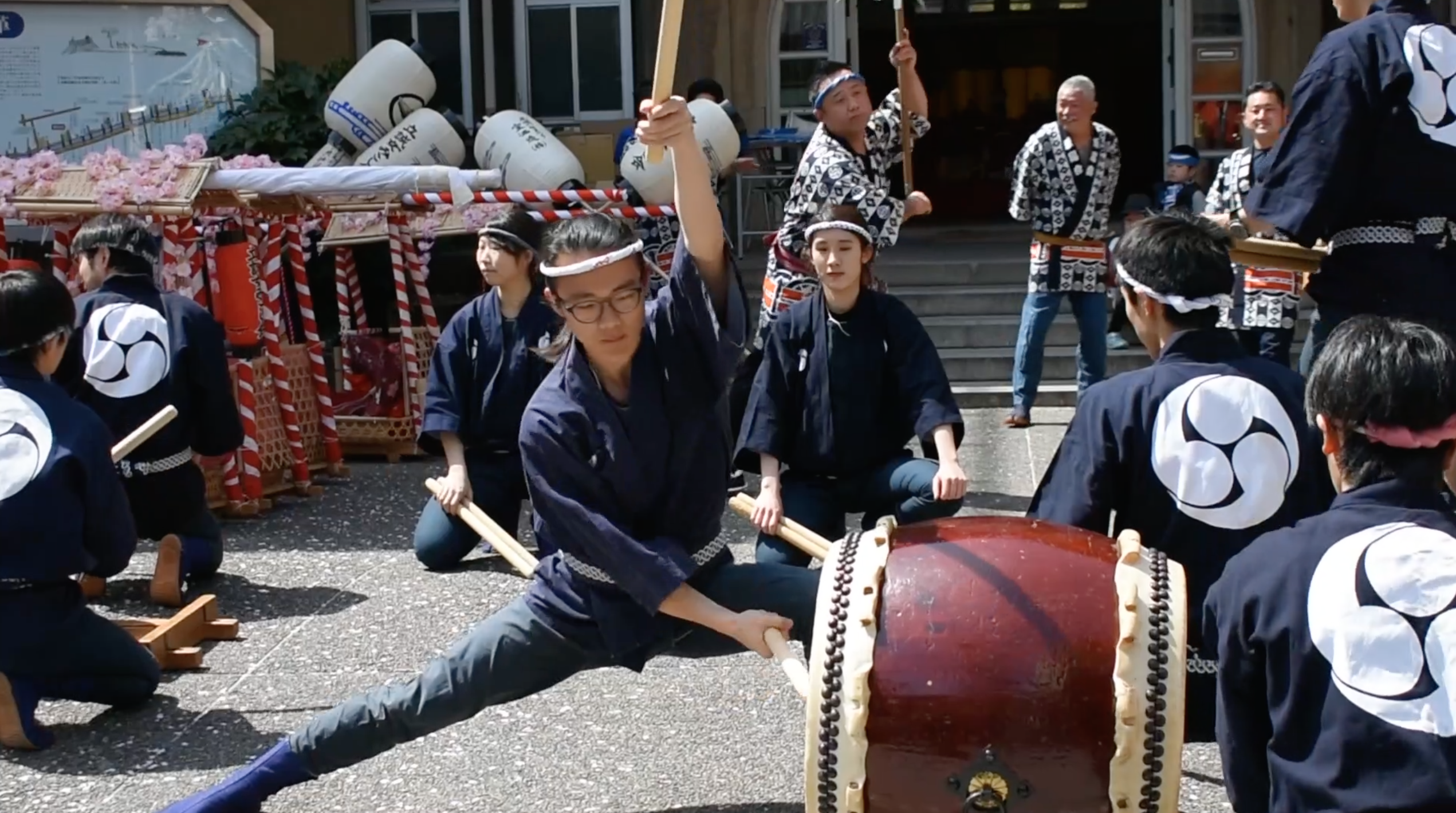For my CIP activity, I took tea ceremony classes at Kyoto Wabichakai わび茶会(http://www.kyoto-wabichakai.info/). They took place once a week for around 2 hours. Even though this semester abroad was unfortunately cut short, I was able to take four lessons and learned a great deal in that time. I have always really liked Japanese tea and have seen videos about tea ceremony, but I still didn’t really know much about it. With the help of Yamaoka sensei, I found Wabichakai.
For my very first lesson, I mostly observed my sensei as she performed the tea ceremony for me, which involved multiple rituals, preparing and serving the tea, and serving wagashi, or a traditional Japanese sweet. The wagashi was one of my favorite parts of my tea ceremony experience, as the sweets were not only delicious, but they usually held some meaning. For example, one of the lesson’s wagashi was a plum blossom shaped mochi treat, which signified the winter season. I was also fascinated by the ritualistic nature of the entire ceremony. Specifically, everything was done precisely and a specific number of times. During the ceremony, my sensei also explained to me the history of tea ceremony in Japan. Although the vocabulary used was difficult at first, it got easier as time went on through the use of flash cards.
Subsequent lessons saw me more active during the lesson. My sensei taught me how to properly hold a tea bowl and how to drink the tea. Everything had to be done precisely and cleanly, especially when eating and drinking. Moreover, another one of my favorite parts about my experience was the field trip we made to Kitano Tenmangu shrine. The time we went, they had a plum blossom tree field for plum blossom viewing. Not only were the plum blossom trees beautiful, we also got some plum tea. My sensei also explained the history of the temple to me, as she is also well-versed in Kyoto history.
I really enjoyed the one on one nature of the lessons, as it allowed me to really build a relationship with my sensei. Not only did we perform the tea ceremony, but we also learned about each other as well. She told me about her experiences living in San Diego when she was younger and about her daughter. We also talked about my other classes, my family back home, and about my homestay family and experience. Even though I only had a few lessons with her, I feel like we were able to build a relationship that will hopefully last for years to come.
Despite the craziness of the past couple months, my CIP experience was a worthwhile one, and I plan on taking another lesson when I return to Japan in the future. I am grateful for the time I was able to take lessons with my sensei, and I look forward to seeing her again the future.

